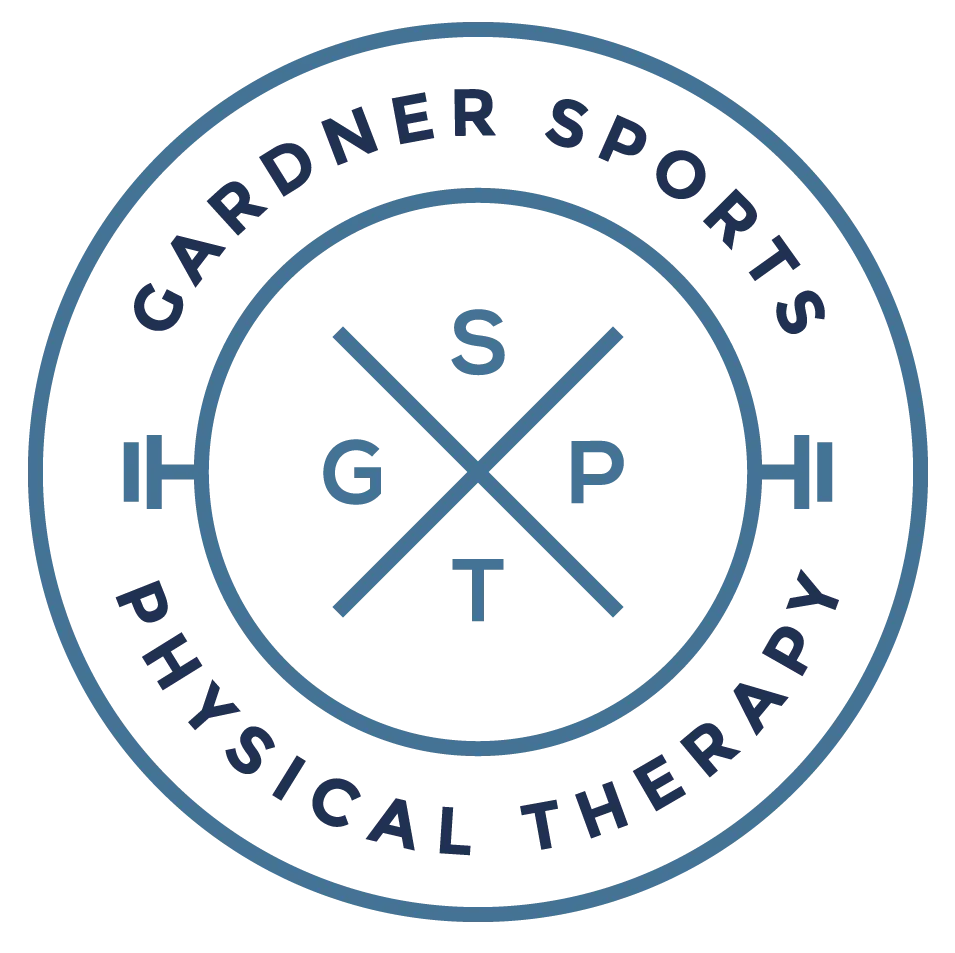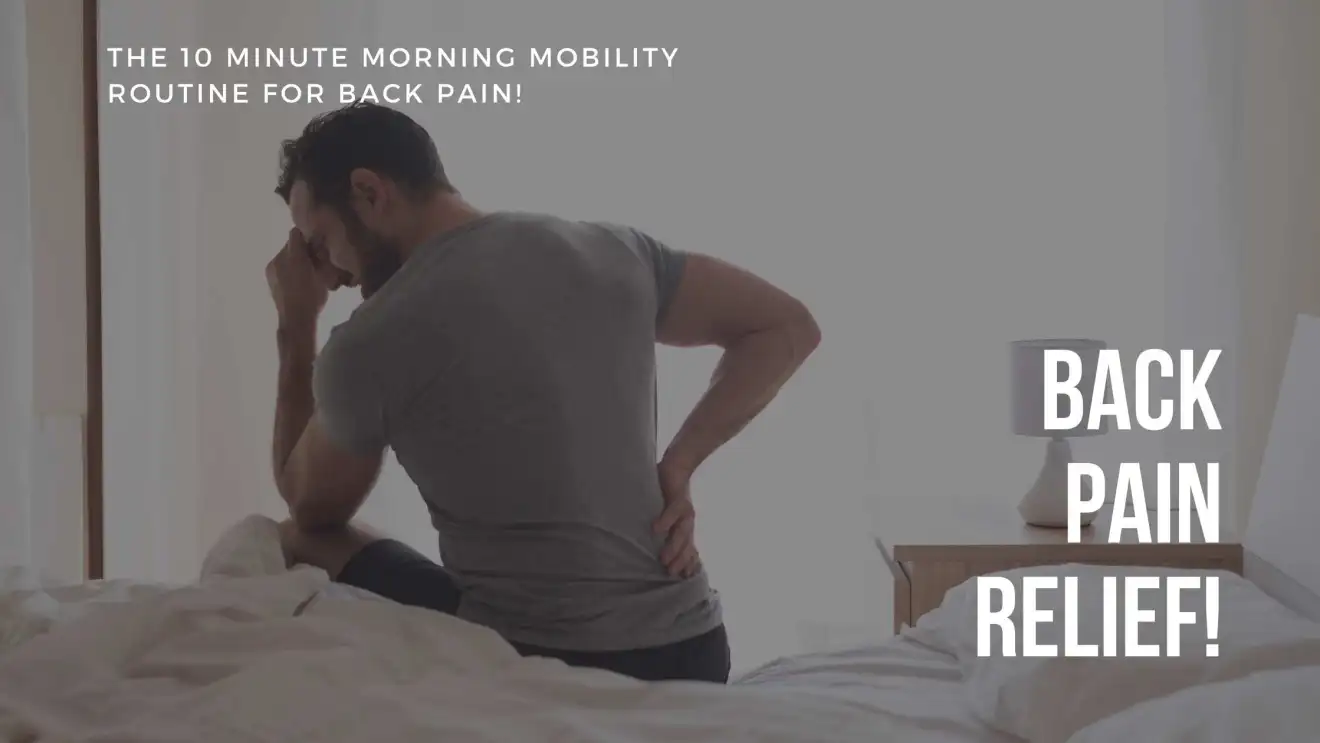Are you tired of waking up everyday feeling stiff?
How many times a day are you having to tell your kids that, “I’m getting too old for this sh*t”?

Would you take 10 minutes out of your day if it could kick start your body into feeling like a well-oiled machine compared to an old rust bucket?
Look I get it, our bodies don’t often work like we want them to when we age, but the change doesn’t have to be a drastic fall into despair. Taking tiny actions each day can help fight off father time and prove to your peers or your kids that you can still whoop their butt from time to time.
Most people don’t realize this, but the greatest treatment for arthritis is movement. The term we use in the PT world is “Motion is Lotion” or “Movement is our Medicine”. You need to keep your body circulating its nutrients and help give it the nutrition it craves. You will be doing the opposite of this by resting and waiting for the pain to go away. NOTE: If you have recently injured yourself, it is ideal to have a period of relative rest for 48-72 hours post injury to properly recover. Otherwise, get moving within your pain tolerance!
So, here are five mobility drills you can perform to make up a morning routine to help loosen up the body and get you prepared to tackle your day.
1. Cat Cow Spinal Mobility Drill
This is a drill to help improve the mobility in your spine while moving into flexion and extension.
It also helps you become more aware of how to move the different portions of your spine. Instructions: Start on your hands and knees with your hands directly below your shoulders and your knees directly below your hips. Slowly round out/flex your back to form a position similar to a cat rounding out its back. Once you have reached your end range, slowly move into the opposite direction by arching/extending your spine until you reach its end range. Everyone will have different mobility ranges and you should not push into ranges that are beyond your pain tolerance. It is okay to feel a slight stretch pain, but you should not experience pain that you cannot handle or pain that increases symptoms of sharpness, achiness, numbness, tingling, etc.
I’ve had my fair share of back injuries and have limited mobility compared to some very mobile people like yoga practitioners, gymnasts, etc. The big thing to understand with these mobility exercises is that you move into ranges you can control and aren’t beyond your pain tolerance.
2. Dynamic Hip Flexor Drill
This is a drill to help improve the mobility in your hip flexor muscles and alleviate back stiffness and mobility issues. The beauty of this drill is that you are performing a lengthening contraction of your hip flexors as you slowly move into the bottom of the exercise. These lengthening contractions (called eccentric exercises) are actually being shown to be superior to static stretching at improving flexibility.
Instructions: Start in a split stance position. Then you are going to perform what’s called a posterior pelvic tilt. This motion is achieved by “tucking your tail between your legs”. You should feel your butt squeeze as you do this motion. Slowly descend into the lunge while maintaining the posterior pelvic tilt the entire time. You should feel a stretch in your back leg through the front of your hip and possibly your thigh. To add a little more in the stretch, you can raise your arm on the back leg side to hit the hip flexor drill a little deeper. As with all of these exercises, you shouldn’t feel an increase in your pain, but should expect to feel the discomfort from a stretch. If your pain is increasing with this drill, try modifying the stretch by reducing the depth of the stretch, decreasing the length of your stance, not holding the bottom part as long, or a combination of the above. If it’s still painful for you after that, you may need a different drill to help you build up to this drill.
3. Active Hamstring Mobility Drill
This is a drill to help actively reduce tightness and improve mobility in your hamstrings.
Instructions: While lying on your back, grab a strap or band and place it around your foot. Use the strap to pull your leg to a relatively perpendicular position or as much as your leg can tolerate for a stretch. To actively stretch the muscle, engage your core and raise your other leg in a straight position to match the level of your raised leg. You should not feel pain or increase in nerve symptoms like numbness, tingling, or sharp pains radiating down from your back. This should feel like a stretch discomfort and you may even feel your core working hard.
4. Upper-Mid Back Rotation in Kneeling
This is a drill to help improve the rotation in your mid/upper back and reduce tension in your upper and lower back. If you work a desk job, this is a great exercise to help reduce tension and it can even help improve your mobility for sports like tennis, golf, baseball, softball, and football.
Instructions: Start in all fours with your hips moved back towards your heels while maintaining your spine as “straight” as possible. We have a natural curve in our spines and you want to maintain that as much as possible. While maintaining contact on the ground with 1 hand, place the other hand behind your head and use your mid-back muscles to help rotate as far as you body’s mobility will allow and within your pain tolerance. Make sure to breathe through your nose during this drill and focus on breathing. This will allow you to stretch out the little joints where your ribs connect to your spine and enhance your mobility. By holding at the end, you are teaching your body that it can safely rotate this far and perform it with control. As with all exercises, you should perform this within your tolerance for stretch discomfort. This should not be painful or increase your symptoms of sharpness, achiness, numbness, tingling, etc.
5. Iron Cross Low Back/Glute Stretch
This is a drill to help loosen up your glutes/low back and improve the mobility in your lower back. Now this drill is less of a mobility drill and more of a stretch, but it can be effective at relieving low back pain for some.
Instructions: While lying on your back, slowly raise up one leg and let it slowly cross over to the other side. You should try your best to keep your arms in contact with the ground as you stretch over. It is normal to feel a stretch discomfort through your glute/butt muscles and lower back. You should not feel any increase in pain in your lower back or an increase in other symptoms like sharpness, achiness, numbness, tingling, etc. This stretch can sometimes cause a pop or release in the lower back which is typically accompanied with a temporary relief in pain. It would be abnormal to feel an increase in pain if your back pops during this exercise. Just make sure to perform this drill within your range of tolerance and comfort.
DISCLAIMER: If you have had a spinal surgery recently or previously, this is not recommended unless you have been cleared by your doctor to perform rotational movements in your lower back. Please do not go against the medical advice of your doctor, physical therapist, or other health professional who is giving you individualized guidance. They have individual reasons for why they give you the specific exercises in your recovery.
Good luck and stay mobile my friends!
If this routine doesn’t quite hit all of your needs, feel free to click the button above to sign up for a FREE MOBILITY CONSULT. In this consult, I will take you through a variety of tests to help set you up with an individualized mobility program to accelerate your mobility gains and help reduce your daily stiffness!



